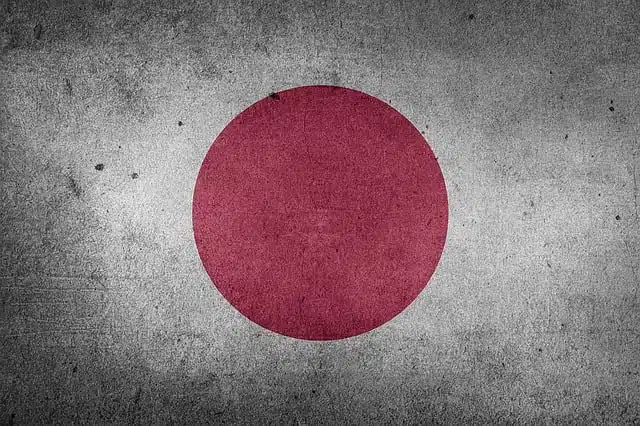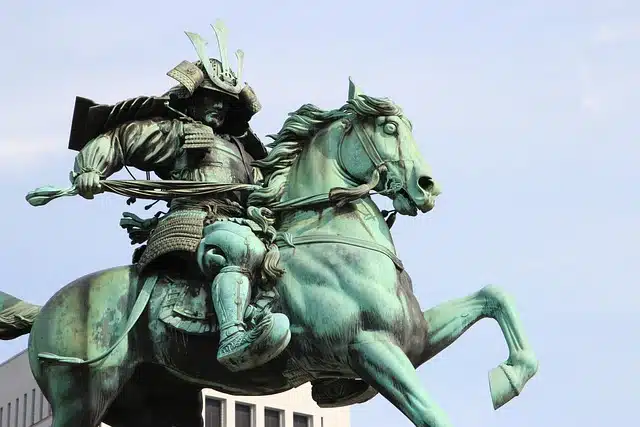
Harakiri is a form of ritual suicide that was carried out in Japan.
Harakiri is a term that comes from the Japanese language. The concept, also accepted as haraquiri in the dictionary of the Royal Spanish Academy ( RAE ), is formed with the words hara (which can be translated as "belly" ) and kiri (translatable as "cut" ).
Harakiri is a type of ritual suicide that is practiced in Japanese territory. Harakiri, which is usually carried out for reasons of honor , is carried out through a deep cut on the belly .
Characteristics of harakiri
Called seppuku in Japan , harakiri would have emerged in the 12th century , at least according to the documentation that includes the oldest known case. The rite became part of the ethical code of the samurai (warriors of the feudal era) called bushido .
Generally, harakiri was carried out voluntarily as atonement for a dishonorable act or to avoid being captured by enemies . However, sometimes harakiri was ordered by a court or feudal lord when the samurai committed certain crimes.
If the harakiri was forced, the warrior was taken into custody and given time to perform the ritual. Failure to comply led to immediate execution and the transmission of dishonor to the samurai's family, which lost its assets .
It is important to note that, as a mandatory sentence, harakiri was abolished in 1868 . Five years later, its voluntary development was also prohibited, although in practice it was maintained and there were even cases in recent decades.

Harakiri was part of the samurai's ethical code.
Its development
The harakiri or seppuku ritual began with the performer drinking sake and writing a farewell poem (the yuigon or zeppitsu ) on the war fan (the tessen ). Then he would kneel, open his kimono and cover the blade of the knife (the Tanto ) with rice paper so as not to get blood on his hands.
This dagger was inserted into the left sector of the belly and cut towards the right before returning to the center to finish with a vertical incision that extended to the sternum. The practice could conclude with the evisceration and extensive agony of the warrior.
To avoid excessive suffering, the harakiri performer could use an assistant (the kaishaku ). This assistant stood next to the samurai and decapitated him at his signal or as previously agreed.
Recent harakiri cases
As we already indicated, harakiri has been prohibited since the 19th century . The practice, however, is still maintained in sporadic cases .
In 1970 , writer and activist Yukio Mishima took his own life by resorting to harakiri. Mishima was the founder of the Tatenokai militia, which aimed to revoke the 1947 Constitution and return all power to the emperor. After infiltrating the army and trying to foment a coup d'état, he committed suicide following the ritual.
The judoka Isao Inokuma also concretized harakiri. Winner of a gold medal at the 1964 Olympic Games and world champion in 1965 , he made the drastic decision in 2001 .
